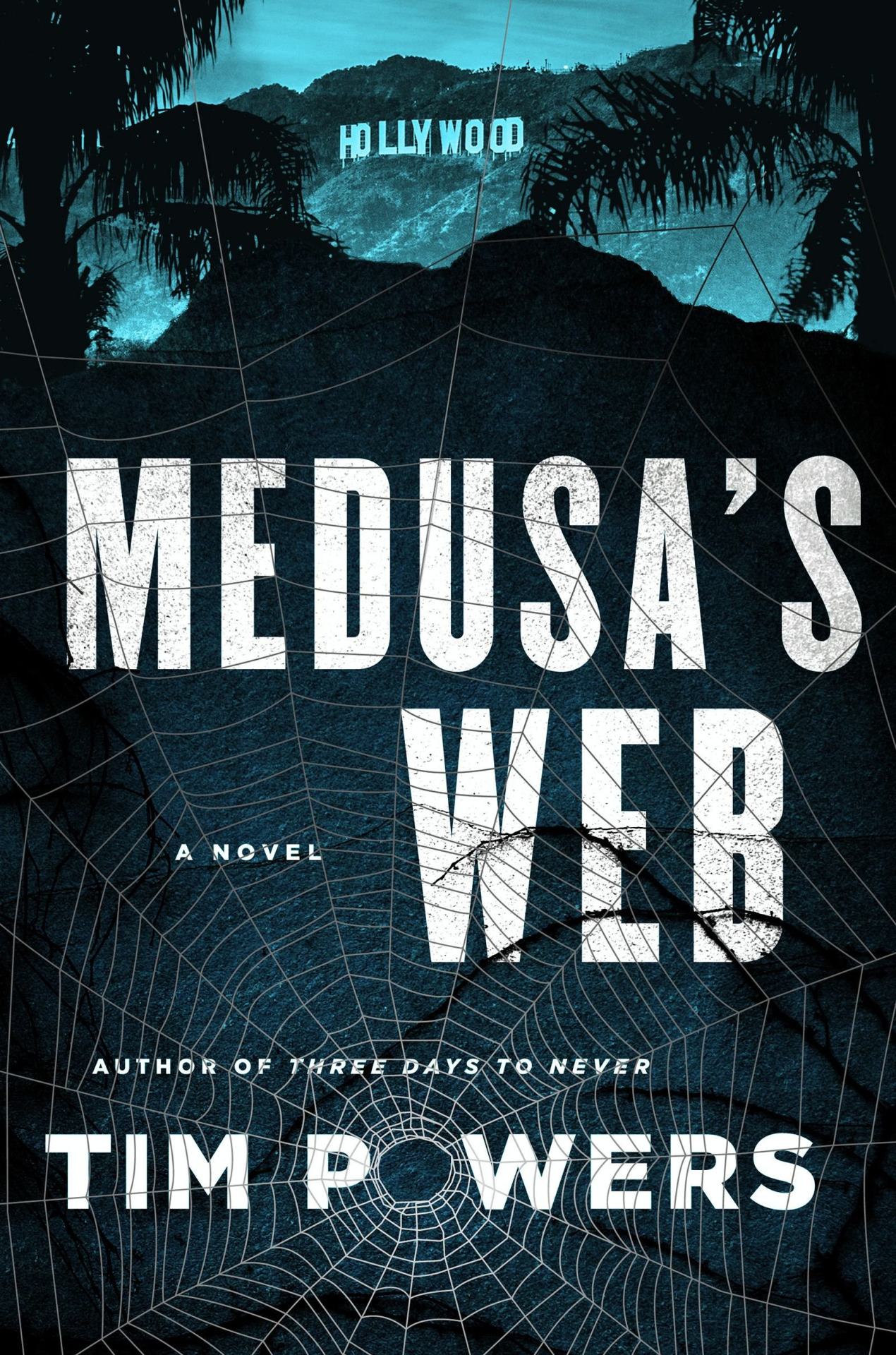I was reading a biography of Rudolph Valentino, and it mentioned that two priests were required to give him last rites when he was dying; at first one priest tried to administer the sacrament, but for some reason had to stop and go get another priest to come and assist.
This intrigued me! What sort of … obstacle could there have been? So I began reading up on Valentino's extravagant life and Hollywood in the 1920s, hoping to find clues. And since I can't think of any stories to write that don't involve the supernatural, I was looking for clues of a spooky sort.
My wife and I live an hour away from Hollywood, so we drove to places where crucial and mysterious things happened in the '20s. The site of the bungalow where director William Desmond Taylor's still-unsolved murder took place is now the parking lot of a Ross Dress For Less store; the place where Valentino's house stood is now a patch of turbulent air over the lanes of the 101 Freeway; and a bland white Chase Bank sits now on the site of Alla Nazimova's legended Garden of Allah bungalows, where Robert Benchley and Dorothy Parker and F. Scott Fitzgerald happily pursued their dooms. But with the right sort of receptive attitude, those loci and the people who lived in them are not entirely gone.

And there are places in the Hollywood Hills where mysteries still linger — weird temples accessible only by hidden stairways that curl up the hillsides, enigmatic roadside shrines, eccentric castles, lanes so narrow and steep that no car could negotiate them. And when you stand in one of these places at sunset, even though you're only a few blocks north of noisy modern Hollywood Boulevard, it's quiet, and the slanting coppery light and the gentle rattle of the palm trees overhead make it seem presumptuous to state with any certainty what year, what decade, you've found yourself in. You understand what Faulkner meant when he wrote, "The past isn't dead. It isn't even past."

And so it seemed only natural to write a story in which certain odd corners of modern Hollywood are threatened by supernatural conflicts that occurred the days of silent movies, and characters can, by perilous means and for desperate purposes, step back into the Hollywood of the 1920s.
The history and lore of Hollywood fitted themselves neatly to my story — so neatly that sometimes late at night I felt I wasn't making up explanations for the city's old mysteries so much as finding the true explanations.
In the mornings, of course, reality reasserted itself. But I have to admit that when I look at Valentino's grave plaque, or lose my way in the twisting hill streets above Laurel Canyon, or stand in that Ross parking lot, I do wonder.
Medusa's Web [Tim Powers/Harpercollins]
(Photos by Tim Powers)

(Tim Powers, Andy, Gerda Koontz, Dean Koontz at the Hollywood Forever cemetery)

 In
In 




